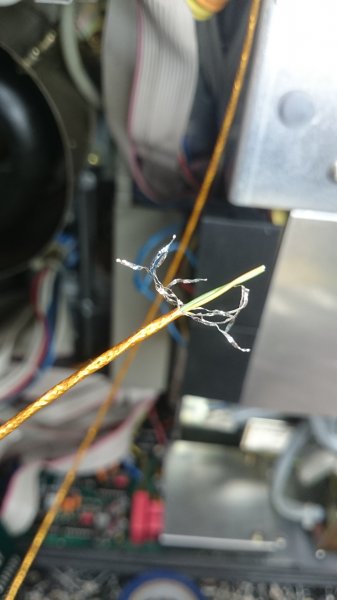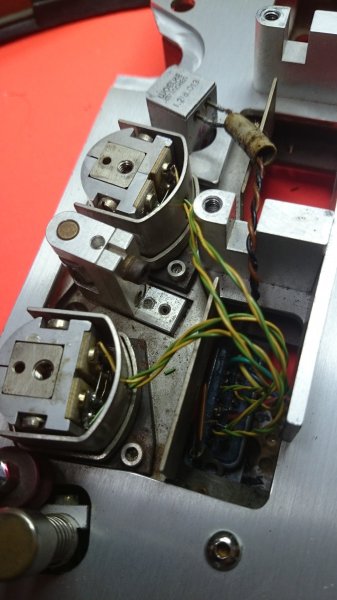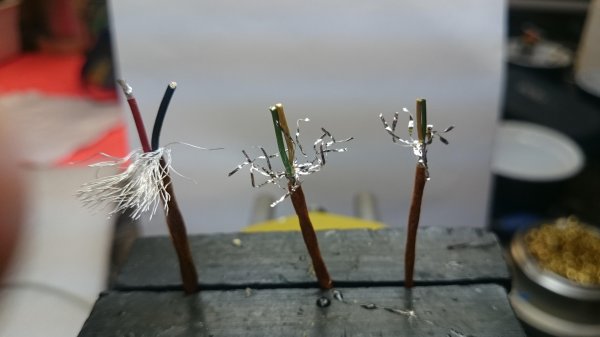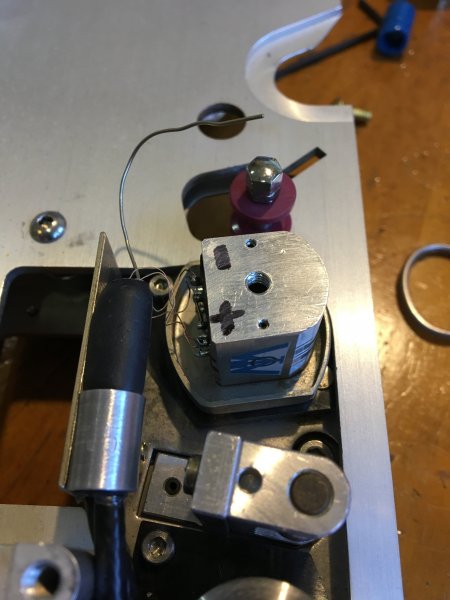Leif
I've been slinging solder long enough. I certainly agree that connecting directly to the head terminals would have been more ideal. As I said in my original post, there just isn't a whole lot of info./pictures on how to do this especially if you've never done it before. Doc B. posted a few years ago that even some techs were having trouble with this. I started a thread on a different message board weeks ago looking for instructions on how to get directly to the head terminals, didn't get much. Care to share how the springs can be removed to get to the head terminals? I think it would really be helpful to some one down the road.
Thanks,
Anthony
I've been slinging solder long enough. I certainly agree that connecting directly to the head terminals would have been more ideal. As I said in my original post, there just isn't a whole lot of info./pictures on how to do this especially if you've never done it before. Doc B. posted a few years ago that even some techs were having trouble with this. I started a thread on a different message board weeks ago looking for instructions on how to get directly to the head terminals, didn't get much. Care to share how the springs can be removed to get to the head terminals? I think it would really be helpful to some one down the road.
Thanks,
Anthony





